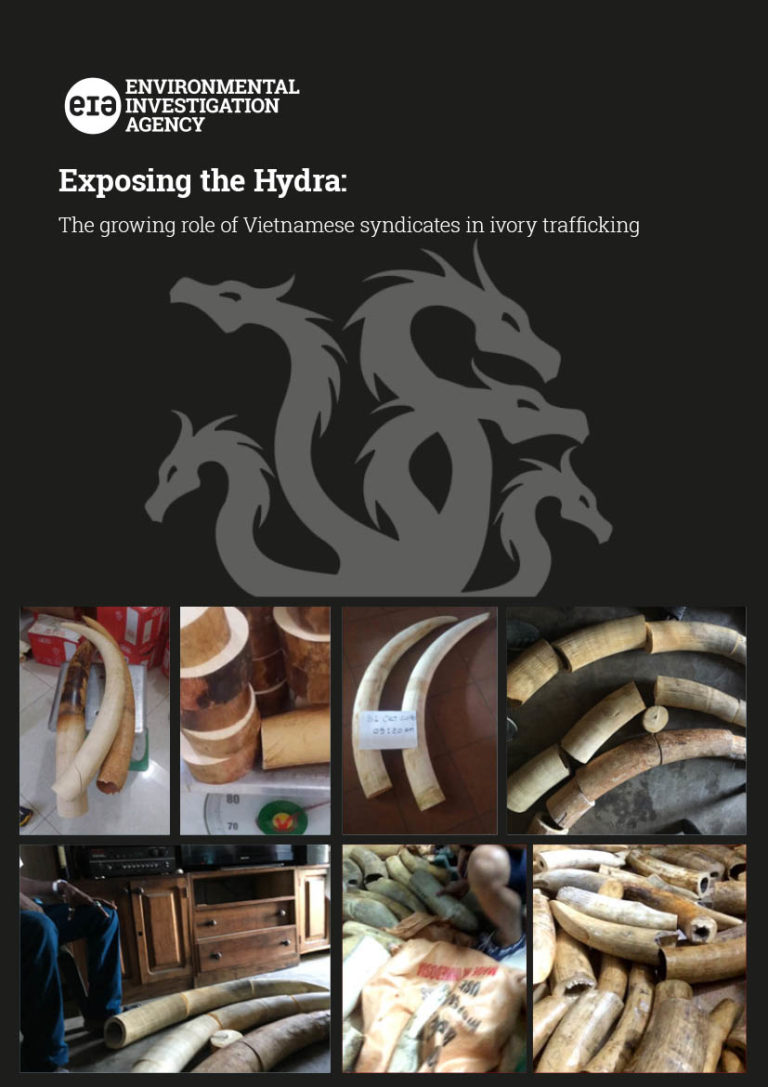In 1984, EIA launched our Elephant Campaign against a backdrop of rampant poaching and plummeting elephant populations in Africa. Decades on, we continue to standout with our work to eliminate the commercial trade of ivory and other elephant parts and derivatives and the recovery and protection of key elephant habitats. We generate actionable leads for law enforcement to disrupt organised crime networks. We expose corruption, campaign to close all ivory markets, and help build long-term resilience of key sectors.
The problem
Elephants across Asia and Africa play a key role in mitigating the biodiversity and climate crises. However, they face sustained pressures from the illegal trade in their parts and derivatives, in particular ivory, and from widespread loss and fragmentation of their habitats.
African forest elephant populations have declined dramatically by more than 86% between 1983-2015 while African savannah elephants have lost 60% of their populations between 1964-2015. The population of Asian elephants also continue to decline, with fewer than 50,000 individuals living in the wild.
Our groundbreaking investigations and research have indicated that organised transnational criminal syndicates continue to exploit weak national governance and corruption to traffic ivory and other elephant parts and derivatives across Africa and Asia. However, policy loopholes, insufficient investigation and criminal justice, weak anti-corruption measures and limited international law enforcement cooperation have allowed these networks to continue operating with impunity. Furthermore, the illegal trade threats facing Asian elephants is relatively undocumented and EIA is now working to address this data deficiency to establish the nature, scope and scale of the illegal trade in Asian elephant parts and products.
Unsustainable practices and lack of accountability within the political, financial, investment and infrastructure sectors further exacerbate the threats these keystone species face.




